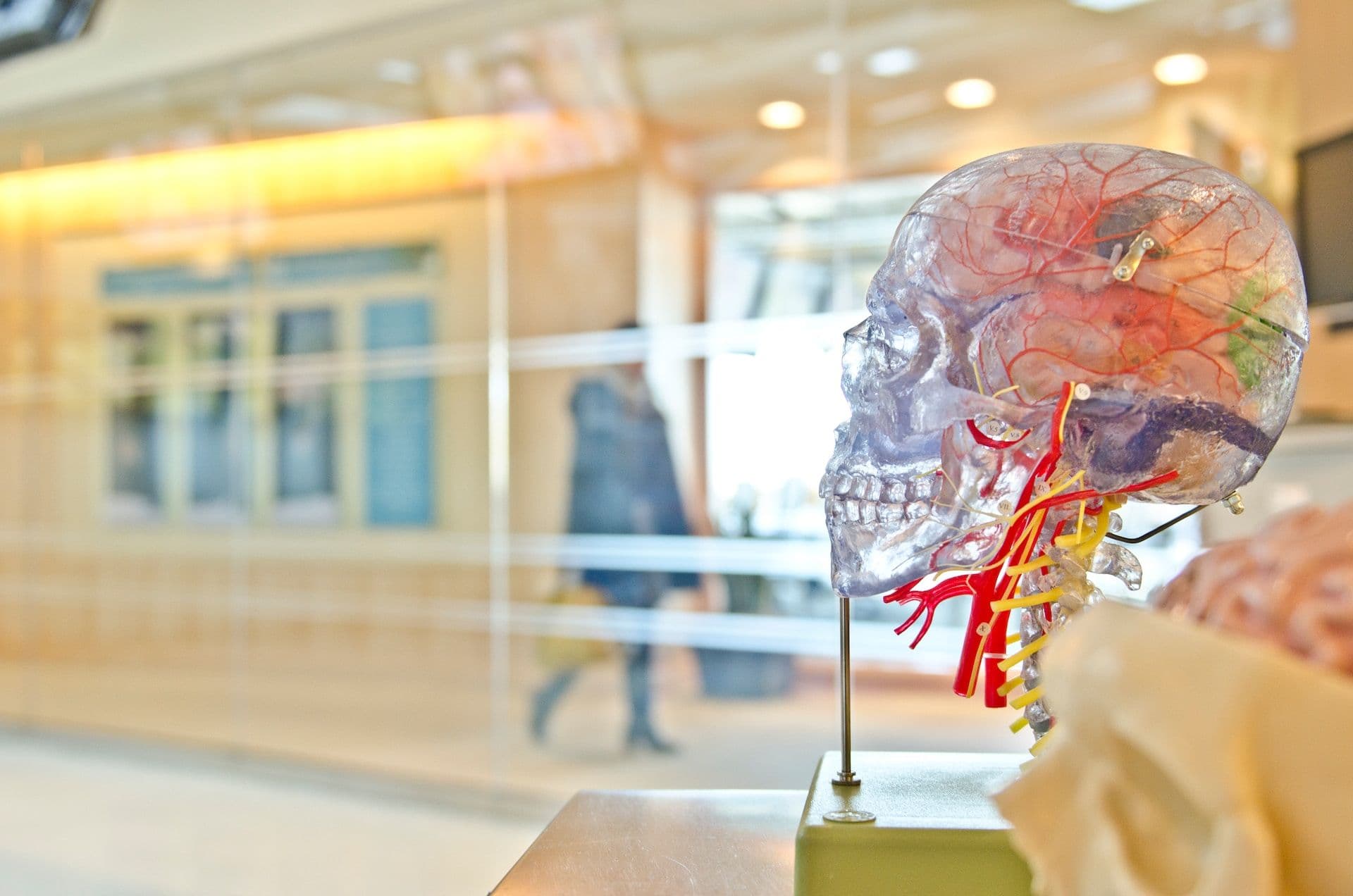Neuroimaging & Brain Mapping
Understanding Brain Mapping: An Introduction to Neuroimaging
Dive into the fascinating world of brain mapping and neuroimaging. Learn about how these advanced technologies are revolutionizing our understanding of the brain and paving the way for new treatments and solutions for neurological diseases and injuries.

June 20, 2023
|
Brain Mapping Solutions Team
Introduction
Neuroimaging is a branch of medical imaging that uses various techniques to directly or indirectly image the structure, function, or pharmacology of the brain. One such method is brain mapping, a set of neuroscience techniques predicated on the mapping of quantities or properties onto spatial representations of the brain.
What is Brain Mapping?
Brain mapping is a complex process that combines data from various imaging techniques to provide detailed pictures of the brain's structure and function. It allows scientists to visualize the brain in ways that were once unthinkable, from watching it process information in real time to understanding the complex network of neurons that makes up our thoughts and emotions.
The Impact of Neuroimaging on Neuroscience
Neuroimaging has revolutionized the field of neuroscience, allowing researchers to explore the brain's structure and functionality in unprecedented detail. This has led to significant advancements in our understanding of brain health and disease.
Types of Neuroimaging
There are several types of neuroimaging, including:
- Magnetic Resonance Imaging (MRI): This is a medical imaging technique used to visualize detailed internal structures of the body. MRI uses a powerful magnetic field to align the nuclear magnetization of hydrogen atoms in water in the body.
- Diffusion Tensor Imaging (DTI): A specialized form of MRI, DTI measures the restricted diffusion of water in tissue to produce neural tract images, helping to map and characterize the three-dimensional distribution of nerve fibers.
- Functional Magnetic Resonance Imaging (fMRI): This technique measures brain activity by detecting changes associated with blood flow. When an area of the brain is in use, blood flow to that region also increases.
The Future of Neuroimaging
As technology continues to advance, so too will our capabilities for understanding the brain. The emerging field of connectomics aims to produce a comprehensive map of neural connections in the brain – the 'connectome.' The potential applications of such technology are vast, from the early detection of brain diseases to the development of new treatments for conditions like depression, Alzheimer's disease, and traumatic brain injury.
Conclusion
Understanding the human brain is one of the greatest challenges in modern science. The advent of brain mapping and neuroimaging techniques has brought us a step closer to meeting that challenge, providing a clearer picture of the brain's complex structure and function. As we continue to refine these techniques, we can look forward to a deeper understanding of the brain, and in turn, more effective treatments for a wide range of neurological diseases and injuries.
To learn more about this fascinating subject, you can explore the work of organizations like Brain Mapping Solutions, who are at the forefront of using neuroimaging to better understand and treat conditions like traumatic brain injury and neurodegenerative diseases.
How Brain Mapping Solutions Supports Cognitive and Behavioral Impact Analysis
Brain Mapping Solutions offers advanced imaging technology that helps medical professionals link brain injuries to cognitive and behavioral deficits, providing clarity in diagnosis and treatment planning.
Location-Specific Injury Identification: Revolutionizing Brain Injury Diagnosis
This article highlights the importance of accurately identifying the location of brain injuries. It explains how Brain Mapping Solutions uses advanced imaging technology to pinpoint injury locations, helping medical professionals develop better treatment plans for their patients.
Imaging Center Partnerships: Expanding Access to Advanced Neuroimaging with Brain Mapping Solutions
Brain Mapping Solutions has established strong partnerships with over 100 imaging centers across the United States, ensuring that advanced neuroimaging technology is accessible to more people. These partnerships allow for more accurate diagnosis and treatment of brain injuries, empowering healthcare providers and patients alike.
PRISM Imaging: Advanced Detection for Brain Health
Brain Mapping Solutions offers PRISM Imaging, a state-of-the-art neuroimaging tool that enhances the detection of traumatic brain injuries, seizures, CNS neoplasms, and neurodegenerative diseases.
HIPAA-Compliant Secure System: Ensuring Advanced Protection for Patient Data
Brain Mapping Solutions, led by Dr. David R. Patterson, offers a HIPAA-compliant, secure cloud-based system for storing and sharing patient imaging data. This ensures that patient information is fully protected while remaining accessible to authorized medical professionals.